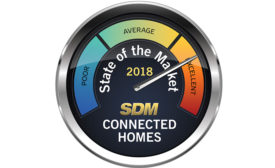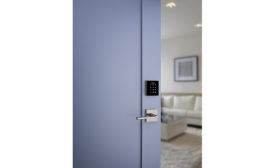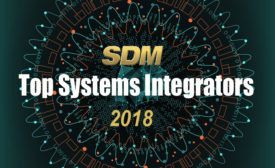Trends & Industry Issues
State of the Market: Connected Home
The connected home space in 2017 continued to be very strong for all players; for security dealers, finding their footing in this everchanging market remains a priority in 2018.
August 1, 2018
Smart Home Cyber Security
What dealers need to know to keep their customers cyber-secure.
July 30, 2018
How to Turn a $30 Monthly Customer into $100+ Monthly Customer
Increase your RMR through value-added managed video services without having to increase your customer volume.
July 16, 2018
The Case for HD Over Coax
Familiarity and ease of deployment make HDoC a compelling alternative for new installations.
July 16, 2018
SDM 2018 Top Systems Integrators Report: A Security Transformation Is Underway
In the security systems integration industry, while factors such as a great economy and stimulation of buyers by continued security threats are contributing to growth, it’s the morphing of security technology into broader business applications that is starting to drive noticeable demand.
July 10, 2018
Profiles in VIDEO MONITORING
Five dealers share how they got started in video monitoring, and their secrets for success.
July 9, 2018
Be in the forefront of security intelligence when you receive SDM.
Join over 10,000+ professionals when you subscribe today.
SIGN UP TODAY!Copyright ©2025. All Rights Reserved BNP Media.
Design, CMS, Hosting & Web Development :: ePublishing















